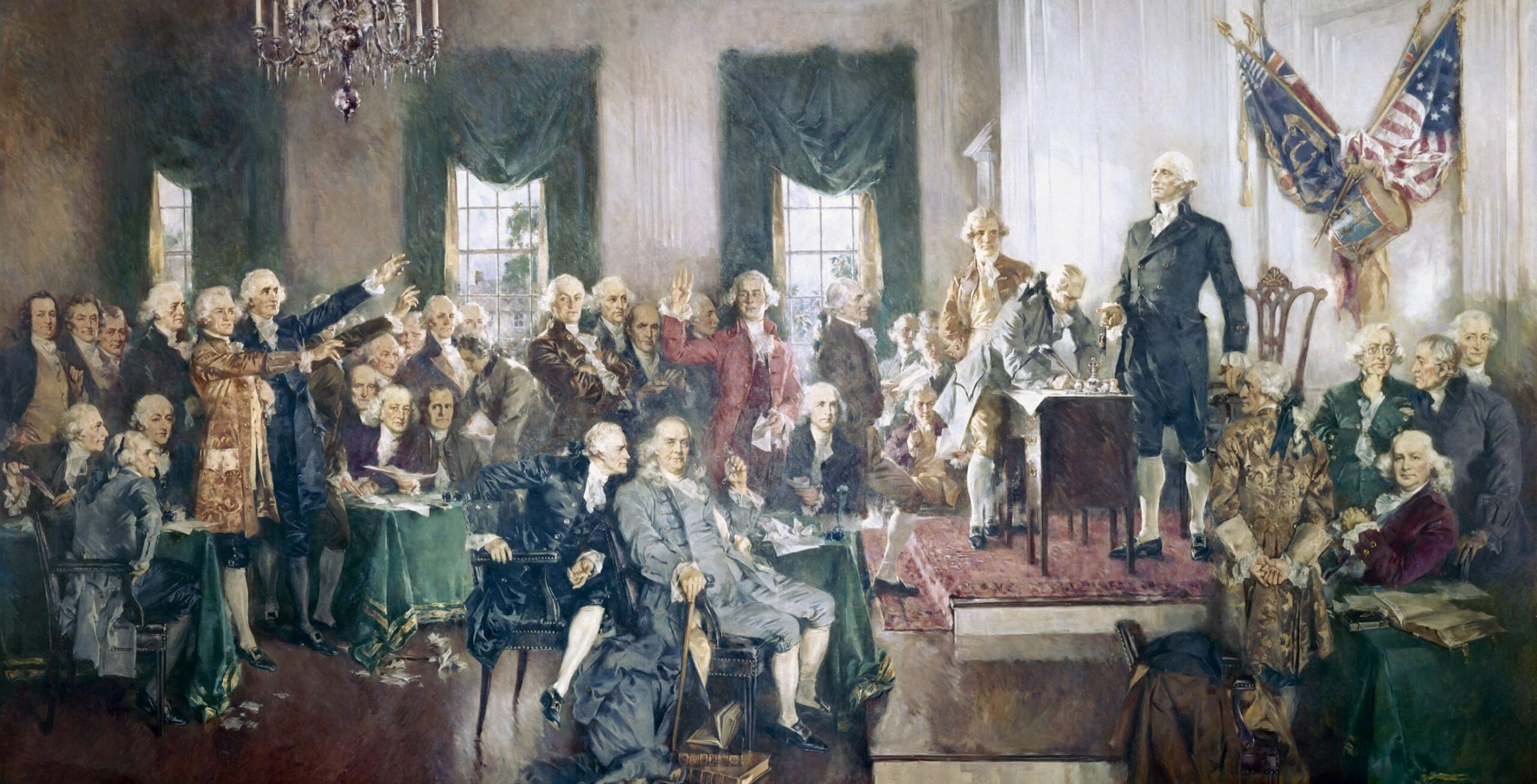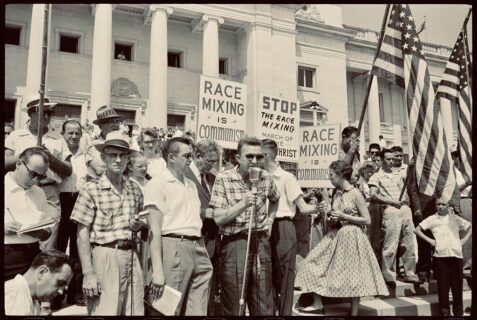
The Southern Manifesto
In an interview with historian Jason Sokol, Atlanta doctor Richard Franco described a harsh lesson his high school English teacher taught him. Franco believed that his teacher—who introduced him to great poetry, Shakespeare, and Wordsworth—understood that the human condition involved suffering. He taught Franco that great literature was often an author’s analysis of how humans coped with the emotional pain inherent in the human condition. Yet this teacher also opened Franco’s eyes to the depth of bigotry in his school when he argued—in class—that Blacks and Jews were inherently inferior to whites. Franco was not surprised when that teacher resigned following the Supreme Court’s 1954 Brown v Board of Education decision declaring segregation in public schools unconstitutional. This teacher refused to be a part of an integrated school system. He would not teach students he considered inferior.
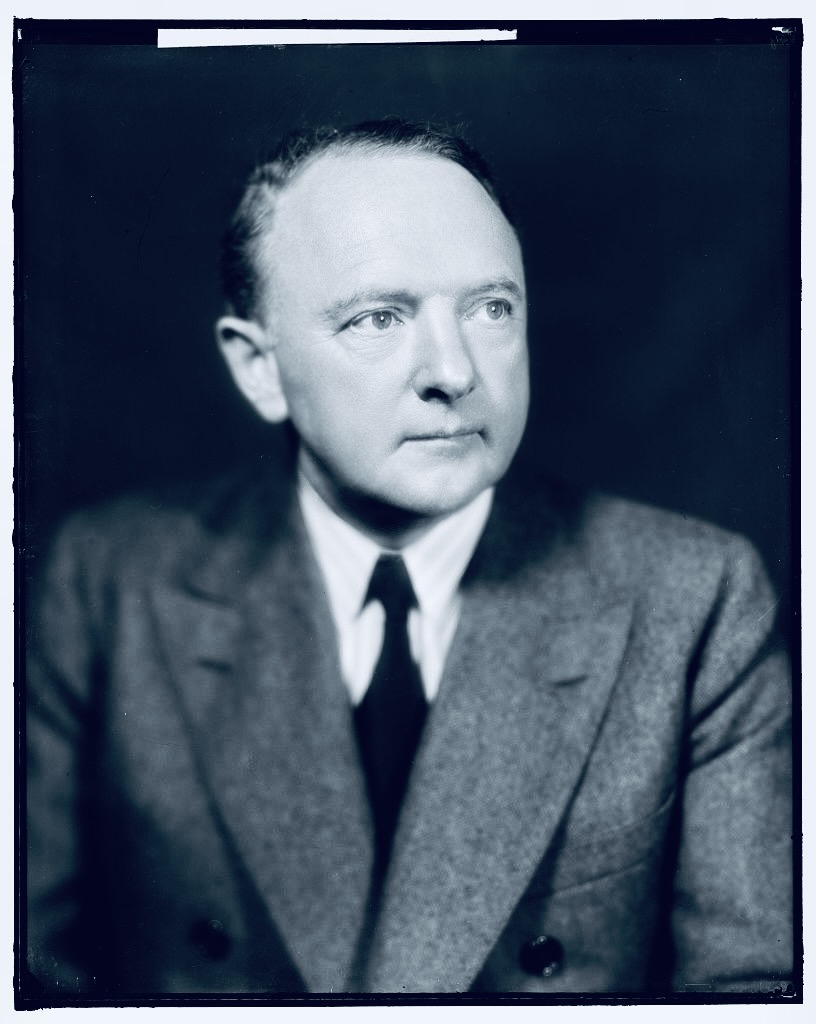
Franco’s teacher was far from the only southerner to protest the Brown decision. Politicians across the South immediately condemned the ruling as an unconstitutional intrusion on states’ rights because state governments had traditionally controlled public education. Despite the court’s order—in a subsequent decision known as Brown II—that desegregation must proceed “with all deliberate speed,” Virginia Senator Harry F. Byrd called for immediate “Massive Resistance” to school desegregation. Acting upon Byrd’s suggestion, Virginia’s Prince Edward County School Board effectively closed its schools. They refused to allocate taxes for public schools and reduced property taxes. White property owners used the extra cash to spend on private schools, and the school system made no efforts to educate its African American children.
Other school officials were not so concerned. DeKalb County, Georgia superintendent Jim Cherry called Brown “largely a distraction.” Rural school officials believed integration might happen in larger southern cities, but it was unlikely to infiltrate rural communities because “our Negroes know their place.” The Greensboro, NC school board were among the very few who recognized change was coming. The day after the Brown decision was announced, the Greensboro school board voted 6-1 to support the court’s decision, although they did not begin to integrate Greensboro schools until the 1957-58 school year.
By 1956, these initial responses to Brown by the white southern power structure gave way to a broad consensus of opposition. In March 1956, Virginia Congressman Howard Smith gave voice to that consensus. Smith had drafted a protest against the Brown decision and shown it to sympathetic senators, including South Carolina’s Strom Thurmond and Richard Russell of Georgia. Thurmond and others revised Smith’s draft to appeal to more moderate voices in the South. Officially entitled “A Declaration of Constitutional Principles,” it is now known as the Southern Manifesto. It is a defense of the doctrine of states’ rights and “separate but equal” racial segregation sandwiched around a denial that racial animosity existed in southern communities.
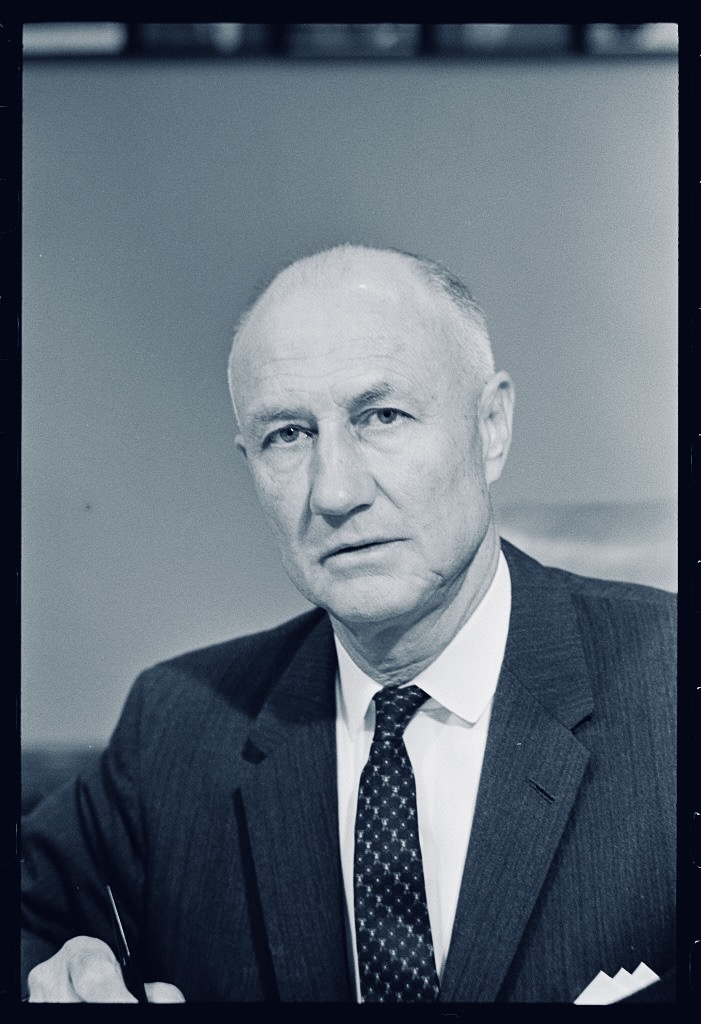
The Manifesto argued that the court’s ruling abused its power because it substituted personal political opinion for the amendment process. It dismissed the court’s use of the Fourteenth Amendment’s Equal Protection Clause as the basis of its decision by pointing out that neither the original Constitution nor the 14th mentions public education. It defended Plessy v Ferguson’s separate but equal doctrine. The Manifesto’s authors maintained that Plessy “became a part of the life of the people of the states and confirmed their habits, traditions, and way of life.” Altering those habits and traditions could only result in chaos. The authors claimed that the two dominant races in the South had learned to get along peacefully. The Brown decision could only disrupt those “amicable relations.”
The Manifesto’s authors also raised the issue of states’ rights. The decision, they claimed, was an “encroachment on the rights reserved to the states and to the people, contrary to established law, and to the Constitution.” Nineteen United States Senators and eighty-two members of the House of Representatives signed the Manifesto, but a few notable southern congressmen did not. Non-signers included future President Lyndon Johnson; two other senators with national ambitions, Estes Kefauver and Albert Gore, Sr. both of Tennessee; and powerful House members Speaker Sam Rayburn of Texas and future Speaker Jim Wright, also of Texas.
Debating the dividing line between state and federal authority is as old as the Constitution. During the Ratification debate of 1787-88, anti-Federalists feared the ambiguity in the original document would lead to an expansive federal government more invasive than anyone anticipated. One reason for the Ninth and Ten Amendments’ language reserving the rights and powers not delegated to Congress to the people and the states was to erect a barrier against federal intrusion into state authority. Now nearly every day journalists report and politicians debate issues involving state’s rights, from abortion laws to gun rights to vaccine mandates. The list seems endless.
Historically, states’ rights arguments were also raised to defend white supremacy, from the antebellum era to the Civil Rights Movement. Growing up in the South in the 1960s and 1970s, as Jim Crow succumbed to growing demands for Black social and political equality, I heard the arguments repeatedly. Restauranteurs should be able to serve those they wish. Local school systems know best how to educate their children without interference from federal courts. Sometimes the language was racist and vile—”I don’t want my white daughter sitting beside black boys in school.” Other times it used coded rants about “welfare queens” or law and order, for example. Always there was an underlying assumption that state governments would protect white supremacy while the federal government would not.
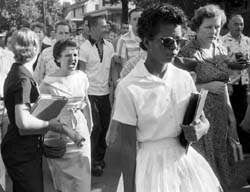
Inevitably, the Brown decision made public schools a battleground in the struggle for full racial equality, from Little Rock Central High School in 1957 to the streets of Boston during the school busing crisis of the 1970-80s. As a southern boy attending North Carolina schools in the 1960s, I was largely shielded from the battle until I reached high school. I was born in Greensboro, NC, six months before the ruling was announced and was schooled in nearby Winston-Salem. Yet I did not attend an integrated school until my senior year in high school. When I read the Supreme Court’s decision in Brown II granting public schools permission to proceed with “all deliberate speed” in my Constitutional Law undergraduate class I wondered if Brown II gave some legal cover for tactics that delayed desegregation? Most white southerners were going to resist school integration by every lawful method available. When I recall decisions made by my hometown’s school board—where to place new schools, implementation of token integration of teachers and students in a few schools, legal resistance to busing for desegregation, closing schools in predominantly Black neighborhoods, and busing those students to predominantly white schools—I see evidence of deliberation but not speedy action.
I believe speedy action in response to Brown would have prevented much of the animosity that occurred when Winston-Salem schools finally implemented integration. In my high school, that animosity resulted in racial fighting. School officials canceled spring sports and the senior prom. They postponed classes for a week and moved graduation to a week-day afternoon to avoid more violence. Thankfully, today’s southern students generally attend schools void of that violence, but they can access that era by reading documents in Teaching American History’s document collection.
Teaching American History’s Core Document Collection: Race and Civil Rights picks up the story of the African American struggle for full equality after emancipation. This volume contains excerpts from two court cases relevant to school desegregation—Plessy v Ferguson, 1896 (Document 9) and Brown v Board of Education, 1954, (Document 16)—and excerpts from the Southern Manifesto, 1956 (Document 17).
Ray Tyler is a MAHG graduate and the 2014 James Madison Fellow for South Carolina.


